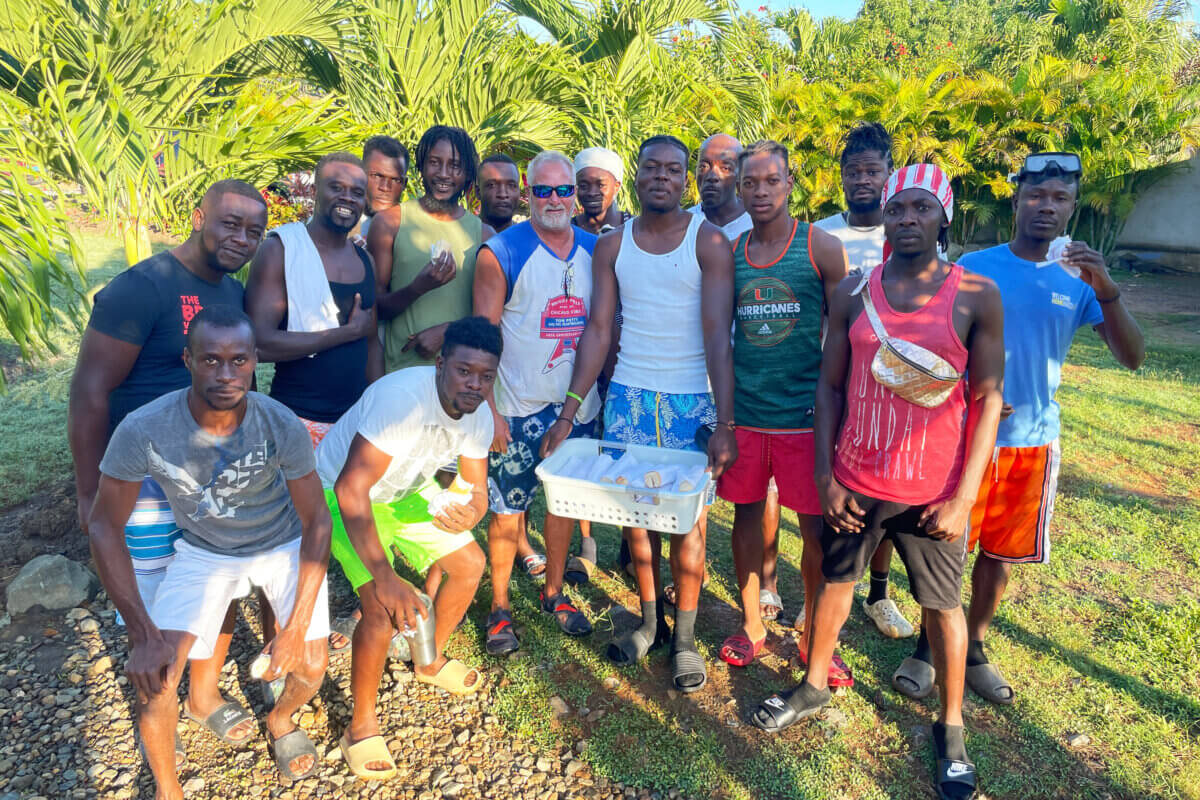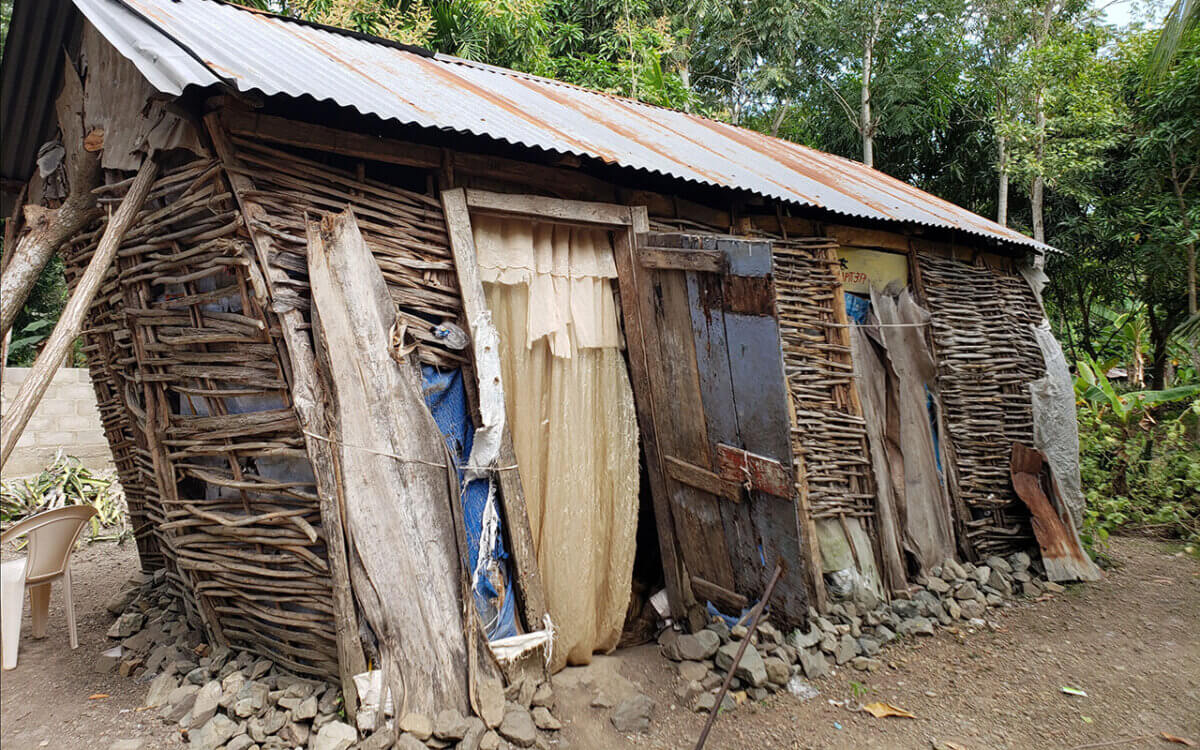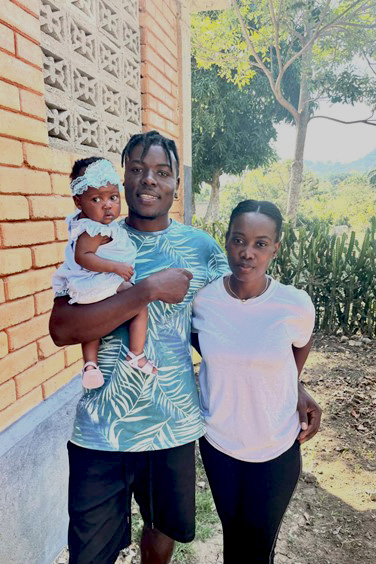Building Homes So the Next Generation Can Thrive | An Update from Haiti

Roudelin and his family rented a one-room house made of mud and sticks.
He lived there with his wife and their baby girl until Welcome Home Haiti built them a new home.

Roudelin shares—
“The roof leaked, and my bed was often wet. Rats and cockroaches ate my clothes, and a rat even ate the money I left laying out. I was always very nervous and never comfortable.”
But now, Roudelin has peace because his family lives in a new house, and his daughter won’t have to grow up in an environment where she is uncomfortable and afraid.
For the first time in their lives,
families like Roudelin’s are experiencing the joy of owning a home that is not only safe and comfortable but brings dignity to the family.
Our team at Welcome Home Haiti believes everyone deserves a livable home. They are building four houses for four families every month with your support.

Roudelin is also employed by Welcome Home Haiti. He is one of eight security guards and is also a member of the roof and furniture crew.
There are four construction teams at Welcome Home Haiti that each build one house in three weeks. The roof and furniture crew finish the houses by the end of the month. The employees who produce compressed-earth blocks produce over 4,000 blocks each week, enough to build an entire house.
Building homes provides consistent living-wage jobs, making financial security possible for Roudelin and other Haitian families. Those who are employed receive mentorship and discipleship to become godly husbands and wives, fathers and mothers, church leaders, employees, and brothers and sisters in Christ.
But what does this commitment really mean for the people we serve?
To start, 48 families will experience radical transformation in a year. They will go from living in a fragile home, subject to weather, pests, and other threats to living in a home made of compressed-earth blocks that will protect them from harm.
Though the percentage of Haitians who live without adequate shelter has decreased over the past decade, according to the World Bank, nearly 49% of people in Haiti still live in the slums.
Haiti has suffered natural disasters and is currently threatened by violent gangs. A safe home in Haiti has never been more important.
What’s more, as homes are built for families and their children, the next generation is spared from the daily fears and trauma that inadequate shelter brings.
Children no longer have to worry when it starts to rain at night or when they are home alone and there is a stranger outside. Instead, in their house, they know they are safe.
For children to not just survive but to thrive, it is essential they have a livable place where they can eat, sleep, study, and play. Adequate shelter supports a child’s physical and mental well-being because it allows them to focus on secondary needs like studying or making friends instead of being distracted by physical discomfort in their environment.
A safe, secure home is the beginning of life transformation for families in Haiti. Consistent, meaningful employment follows. And most importantly, building homes leads to discipleship that grows families spiritually as they lead and guide their families according to God’s word.